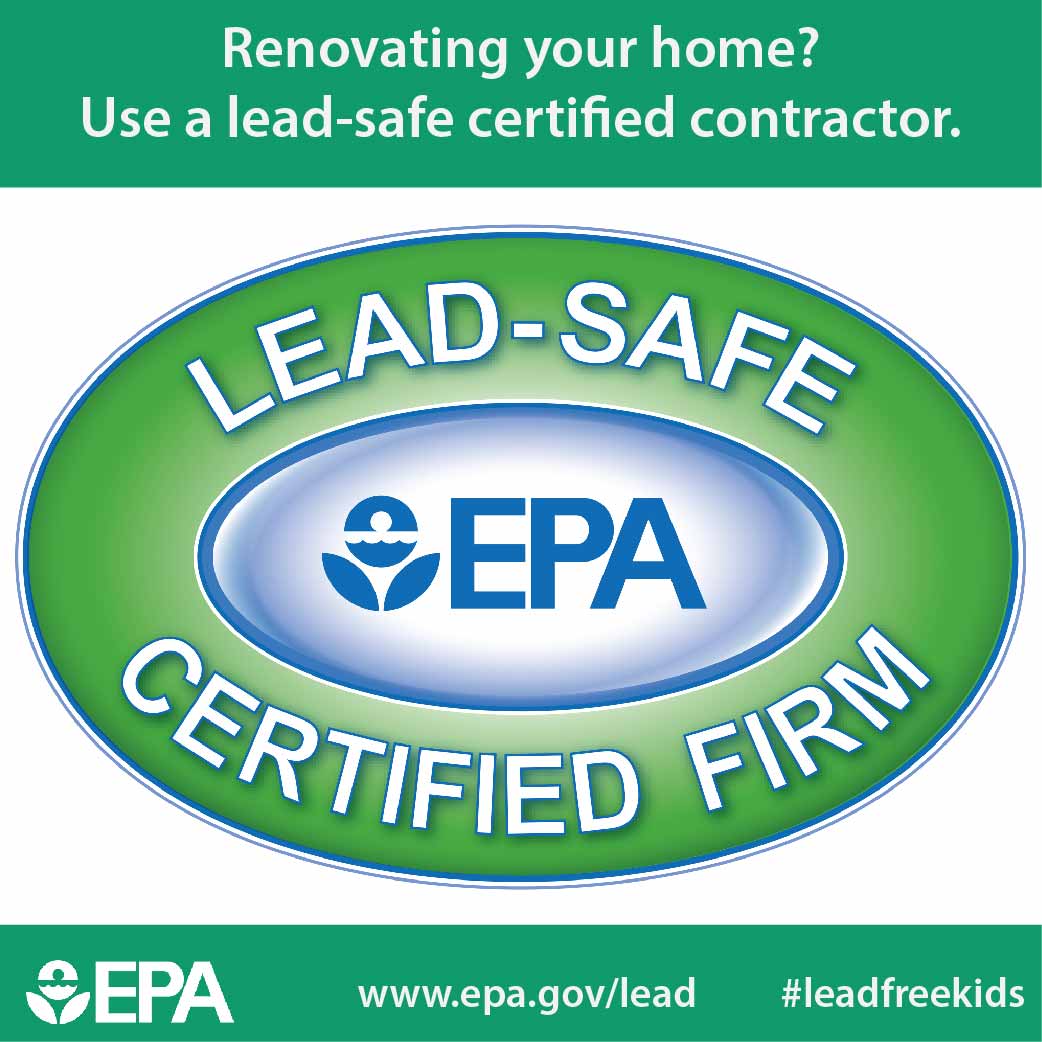Variables To Consider For Business Exterior Paint By Period: Vital Information You Must Have
Variables To Consider For Business Exterior Paint By Period: Vital Information You Must Have
Blog Article
Developed By-Leach Browne
When you're preparing a business external paint task, seasonal elements can make or break your outcomes. You'll intend to think about how temperature level and moisture impact paint application and drying out times. Choosing the right season can guarantee your paint adheres effectively and lasts much longer. But which seasons are truly the most effective for this type of work? Allow's explore the key elements that can impact your job's success.
The Impact of Temperature Level on Paint Application
When you're planning a commercial external painting job, the temperature can significantly impact exactly how well the paint sticks and dries.
Ideally, you wish to repaint when temperatures range in between 50 ° F and 85 ° F. If it's too cold, the paint may not heal appropriately, leading to concerns like peeling off or breaking.
On the other side, if it's also hot, the paint can dry out too rapidly, preventing proper adhesion and resulting in an irregular finish.
You must likewise take into consideration the moment of day; morning or late afternoon supplies cooler temperature levels, which can be much more positive.
Always check the manufacturer's recommendations for the particular paint you're using, as they commonly give support on the optimal temperature array for ideal results.
Moisture and Its Impact on Drying Times
Temperature level isn't the only environmental factor that influences your industrial outside painting job; humidity plays a significant function as well. High moisture degrees can reduce drying out times significantly, affecting the overall top quality of your paint task.
When the air is saturated with dampness, the paint takes longer to treat, which can lead to concerns like inadequate adhesion and a higher threat of mildew growth. If you're painting on an especially damp day, be gotten ready for prolonged delay times between layers.
It's essential to check regional weather conditions and plan accordingly. Preferably, go for moisture levels in between 40% and 70% for optimum drying out.
Keeping these factors in mind ensures your project stays on track and provides a long lasting coating.
Best Seasons for Commercial Outside Paint Projects
What's the most effective time of year for your business exterior painting jobs?
just click the following webpage and very early loss are generally your best choices. Throughout https://garagepaintersnearme77654.blogmazing.com/34165858/raise-curb-allure-proven-tips-for-successful-outside-painting-in-commercial-characteristics , temperatures are moderate, and moisture degrees are frequently lower, developing excellent problems for paint application and drying out.
local paint contractors , which can cause paint to dry also promptly, bring about inadequate bond and coating. Similarly, stucco painters can impede appropriate drying out and healing, running the risk of the long life of your paint job.
Go for days with temperature levels between 50 ° F and 85 ° F for ideal results. Keep in mind to inspect the local weather report for rainfall, as wet problems can ruin your project.
Preparation around these elements guarantees your paint project runs smoothly and lasts much longer.
Final thought
In conclusion, planning your industrial outside painting projects around seasonal considerations can make a considerable difference in the result. By organizing job during the suitable temperature levels and moisture levels, you'll ensure far better bond and drying out times. Remember to keep an eye on regional weather forecasts and select the correct time of year-- spring and very early autumn are your best bets. Taking these actions will certainly help you achieve a durable and specialist coating that lasts.
